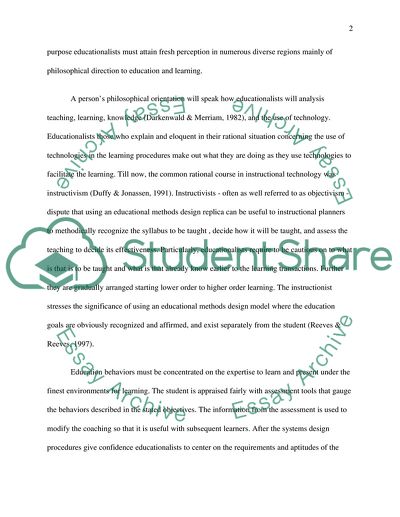Cite this document
(“Social and cognitive constructivism Essay Example | Topics and Well Written Essays - 3000 words”, n.d.)
Social and cognitive constructivism Essay Example | Topics and Well Written Essays - 3000 words. Retrieved from https://studentshare.org/social-science/1552907-social-and-cognitive-constructivism
Social and cognitive constructivism Essay Example | Topics and Well Written Essays - 3000 words. Retrieved from https://studentshare.org/social-science/1552907-social-and-cognitive-constructivism
(Social and Cognitive Constructivism Essay Example | Topics and Well Written Essays - 3000 Words)
Social and Cognitive Constructivism Essay Example | Topics and Well Written Essays - 3000 Words. https://studentshare.org/social-science/1552907-social-and-cognitive-constructivism.
Social and Cognitive Constructivism Essay Example | Topics and Well Written Essays - 3000 Words. https://studentshare.org/social-science/1552907-social-and-cognitive-constructivism.
“Social and Cognitive Constructivism Essay Example | Topics and Well Written Essays - 3000 Words”, n.d. https://studentshare.org/social-science/1552907-social-and-cognitive-constructivism.


